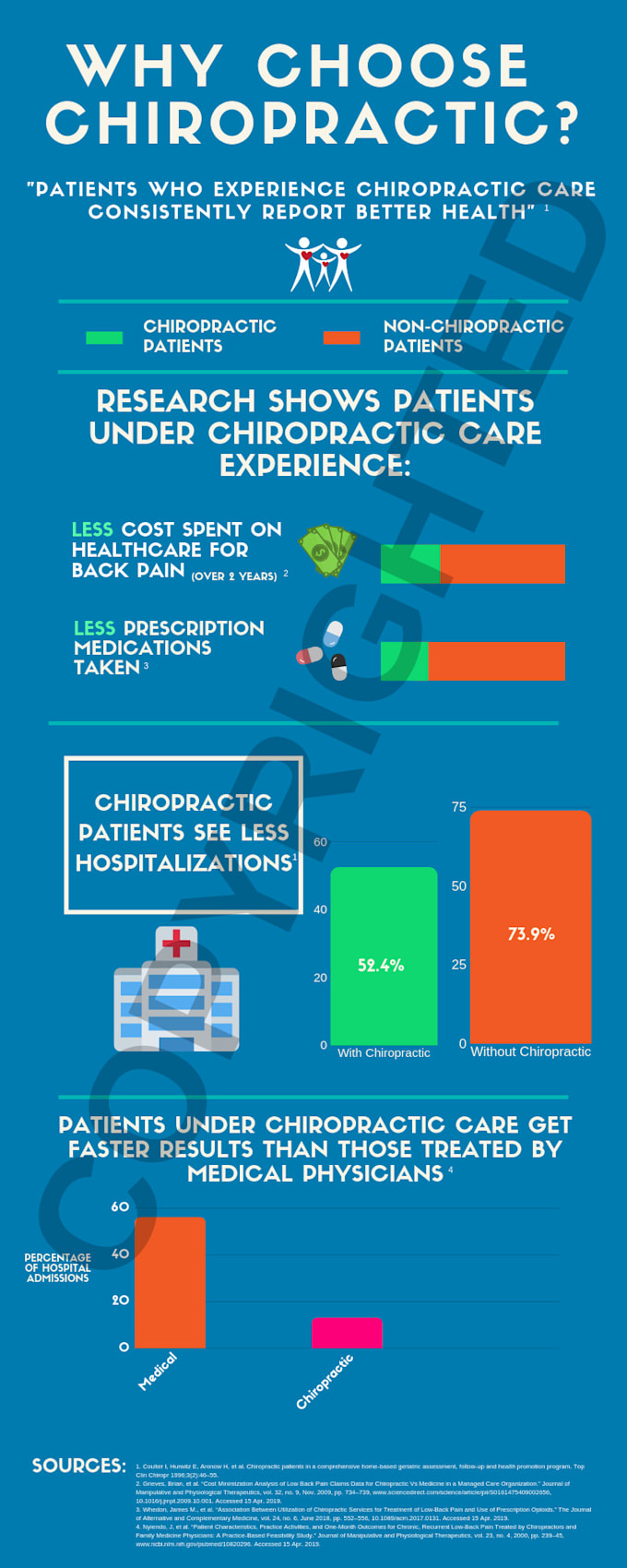When you're taking into consideration treatments for discomfort or health, you might stumble upon acupuncture and dry needling. Both include needles but have distinctive functions and methods. Acupuncture focuses on stabilizing your body's power, while dry needling targets certain muscle discomfort. Understanding these distinctions can aid you make an informed choice concerning which therapy might match your demands. But exactly how do you determine which one is right for you? Allow's check out even more.
Understanding Acupuncture: Principles and Practices
Acupuncture, rooted in standard Chinese medication, includes the insertion of thin needles at certain points on the body to advertise recovery and balance.
You'll locate that acupuncture is based on the concept of Qi (or "chi"), which is the vital force that streams with your body. When your Qi is blocked or out of equilibrium, it can bring about numerous health and wellness issues.
By stimulating particular acupuncture points, you aid recover this balance, improving your general well-being. Sessions commonly last around 30 to 60 minutes, and you might feel a feeling of leisure or minor pain during needle insertion.
Practitioners frequently customize therapies to your specific demands, dealing with problems like persistent discomfort, stress, and gastrointestinal problems successfully.
Exploring Dry Needling: Methods and Applications
While both acupuncture and dry needling involve inserting needles into the skin, completely dry needling concentrates particularly on treating myofascial discomfort by targeting limited muscular tissue bands and trigger points.
Throughout a session, your specialist will certainly recognize these areas of tension and insert thin needles straight into them. This technique assists launch muscle mass knots, improve blood flow, and promote recovery. You might experience a twitch feedback, which shows the muscular tissue is releasing stress.
Sessions usually last about 30 to 60 minutes, relying on the number of areas treated. Dry needling can be integrated with other therapies like physical therapy for improved outcomes.
It's important to connect any kind of pain with your expert to ensure a comfortable experience tailored to your needs.
Contrasting Efficiency and Safety And Security of Both Techniques
When considering the efficiency and safety and security of acupuncture and completely dry needling, it's important to identify that both strategies have their special benefits and risks.
Acupuncture usually promotes overall health, resolving different health and wellness conditions via energy circulation regulation. Many individuals discover it useful for stress alleviation and persistent discomfort monitoring.
On the other hand, completely dry needling targets specific muscle mass trigger points, frequently causing quicker discomfort relief in localized areas.
However, both methods can have side effects, like soreness or minor bruising. Security largely relies on the expert's experience and technique.
Ultimately, your selection may rely on your certain requirements, choices, and previous experiences, so speaking with a health care professional can aid assist you toward the best option for your scenario.
Conclusion
In conclusion, both acupuncture and dry needling deal one-of-a-kind benefits relying on your demands. If you're searching for general wellness and anxiety alleviation, acupuncture might be your go-to. However, if you're managing muscular tissue stress and myofascial pain, completely dry needling can supply quicker relief. Inevitably, comprehending the distinctions assists you make an enlightened selection that matches your details problem and individual choices. Depend on you could try these out , and don't wait to try either technique for your wellness!
